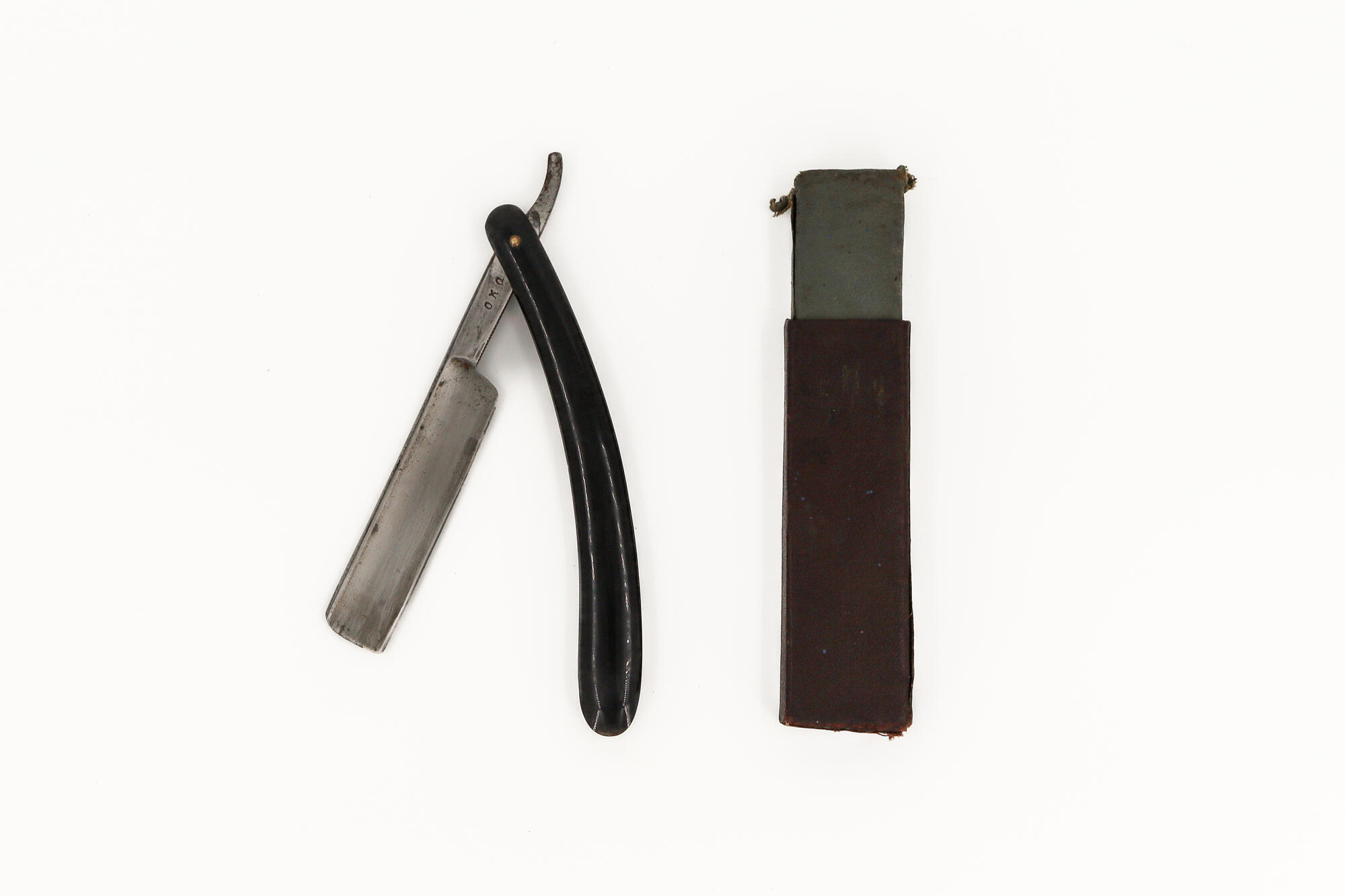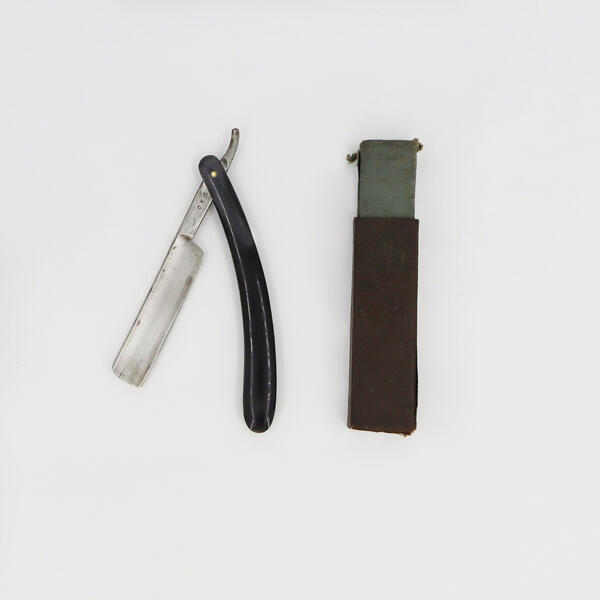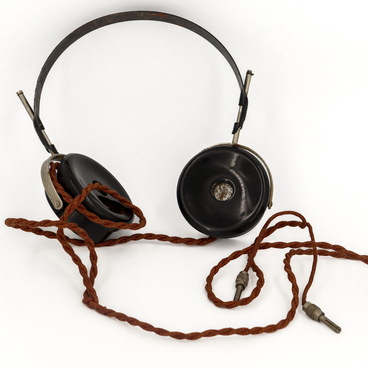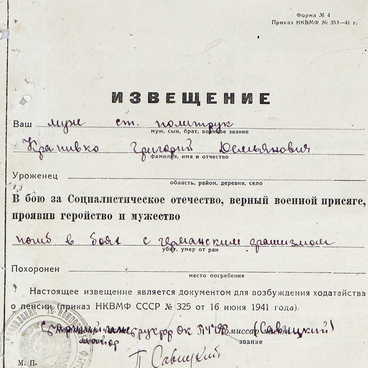The type of razor on display is characterized by an open blade. Its prototypes in the Stone Age were stone scrapers, sharp shells, bone fragments, and shark teeth — ancient people tried to remove excess hair with all means available.
In the Bronze Age, the first metal tools appeared: the Egyptians got rid of hair using copper or gold razors. The ancient Romans also took care of their appearance — barbers were already in existence there, and the first shave of a young man was even viewed as a coming-of-age sacred ritual. In ancient Greece, shaving was more of a strategy: Alexander the Great ordered his soldiers to shave their heads so that during battles the enemies had nothing to grab onto.
A steel straight razor came right from ancient times and for almost seventeen centuries remained practically unchanged. Its use required extreme caution, for such razors often caused injuries and cuts, so people preferred professional help from barbers.
The first folding open razors were produced around 1680 in the city of Sheffield, England. Later, a new generation of razors was created: in 1762, the French cutler and barber Jean-Jacques Perret came up with the idea of putting the blade in a wooden sheath, leaving the cutting edge uncovered. This way, the wooden casing protected the blade from corrosion and mechanical damage and prevented the skin from getting deep cuts. This modification made using and storing the razor much easier.
By the late 19th century, the industrial way of making open razors prevailed over the manual one. Razors from the German town of Solingen were especially popular: they were dubbed “singing” for the sound they produced when the blade touched the skin. There were also shavette razors — a hybrid of a classic open razor and a razor with a replaceable blade.
The popularity of the open razor was eclipsed by King Camp Gillette’s invention in 1901: the American businessman proposed the mass stamping of an inexpensive thin blade that could be fit into a simple T-shaped holder, which, interestingly enough, had been invented before him. The idea brought Gillette a gigantic fortune, which, however, was ruined after the 1930s stock market crash.
In the Bronze Age, the first metal tools appeared: the Egyptians got rid of hair using copper or gold razors. The ancient Romans also took care of their appearance — barbers were already in existence there, and the first shave of a young man was even viewed as a coming-of-age sacred ritual. In ancient Greece, shaving was more of a strategy: Alexander the Great ordered his soldiers to shave their heads so that during battles the enemies had nothing to grab onto.
A steel straight razor came right from ancient times and for almost seventeen centuries remained practically unchanged. Its use required extreme caution, for such razors often caused injuries and cuts, so people preferred professional help from barbers.
The first folding open razors were produced around 1680 in the city of Sheffield, England. Later, a new generation of razors was created: in 1762, the French cutler and barber Jean-Jacques Perret came up with the idea of putting the blade in a wooden sheath, leaving the cutting edge uncovered. This way, the wooden casing protected the blade from corrosion and mechanical damage and prevented the skin from getting deep cuts. This modification made using and storing the razor much easier.
By the late 19th century, the industrial way of making open razors prevailed over the manual one. Razors from the German town of Solingen were especially popular: they were dubbed “singing” for the sound they produced when the blade touched the skin. There were also shavette razors — a hybrid of a classic open razor and a razor with a replaceable blade.
The popularity of the open razor was eclipsed by King Camp Gillette’s invention in 1901: the American businessman proposed the mass stamping of an inexpensive thin blade that could be fit into a simple T-shaped holder, which, interestingly enough, had been invented before him. The idea brought Gillette a gigantic fortune, which, however, was ruined after the 1930s stock market crash.



